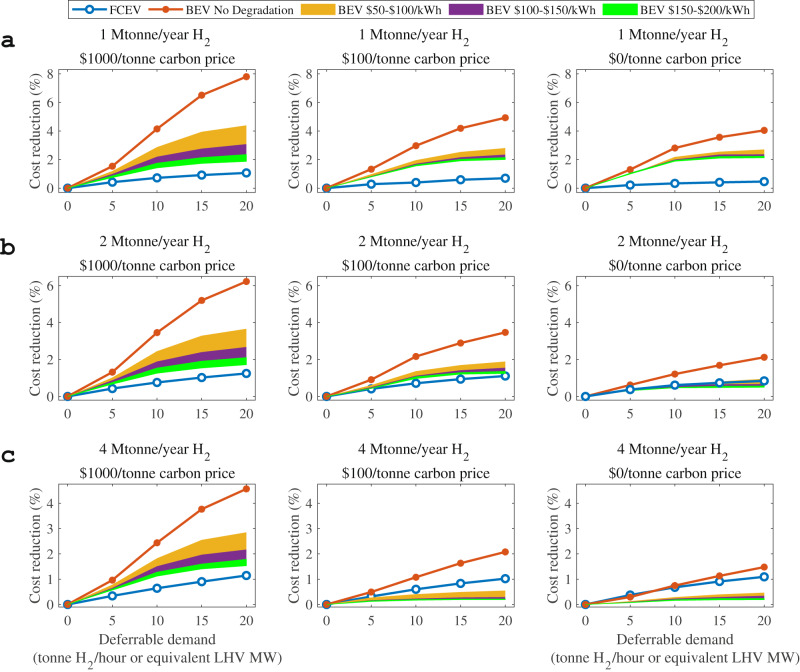Fig. 3. Net values of flexible battery electric vehicle (BEV) and fuel cell electric vehicle (FCEV) normal charging with a charging window of 6 h under scenarios with different carbon prices, H2 demands, and flexible electric vehicle (EV) capacities.
a The H2 demand is 1 Mtonne/year. b The H2 demand is 2 Mtonne/year. c The H2 demand is 4 Mtonne/year. The panels from left to right in each subfigure show carbon prices of $1000/tonne, $100/tonne, and $0/tonne. The blue line with white circles denotes the cost reduction due to the flexibility of FCEVs, while the orange line denotes that of BEVs without considering degradation. The system cost reduction of BEVs considering degradation given a $50–$100/kWh battery replacement cost is marked as “BEV $50-$100/kWh”, with a yellow shadow, while the scenarios considering $100-$150/kWh and $150-$200/kWh battery replacement costs are marked as “BEV $100-$150/kWh” with a purple shadow and “BEV $150-$200/kWh” with a green shadow, respectively. LHV is the abbreviation of lower heating value.

